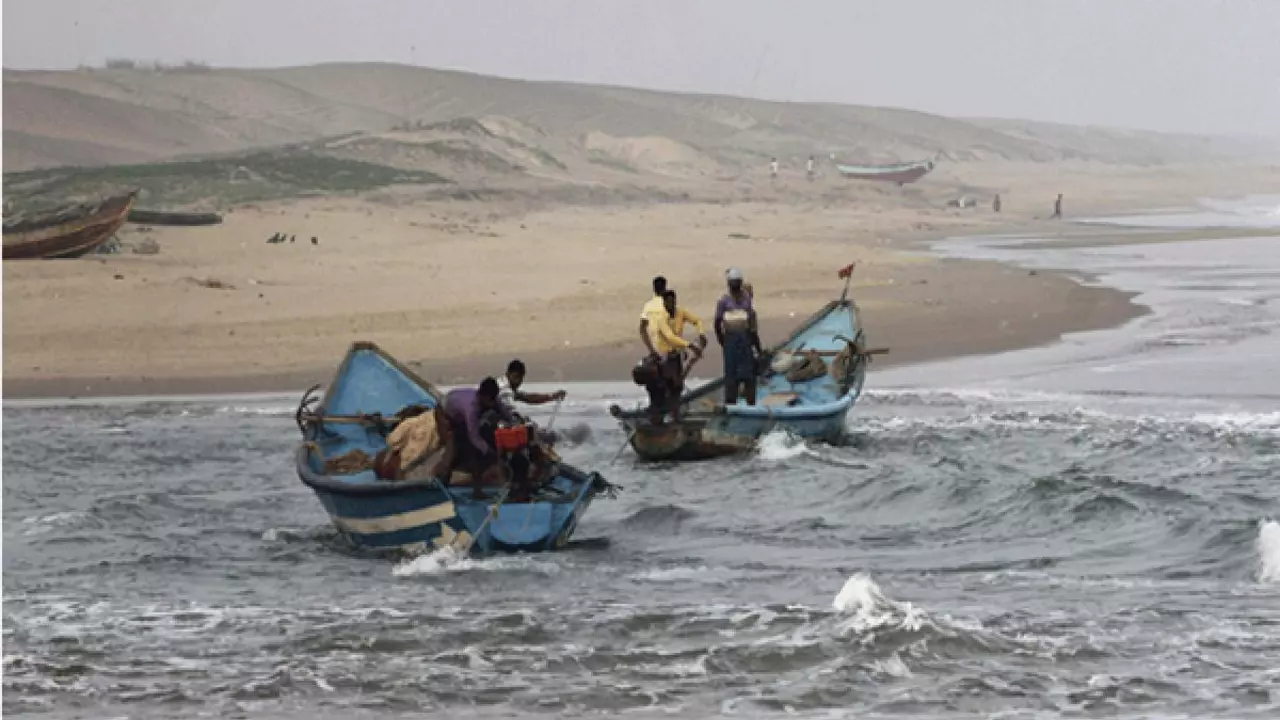Indian side of Padma: what it means and why it matters
When people say the "Padma," they usually mean the main channel of the Ganges once it enters Bangladesh. The Indian side of the Padma refers to the riverbanks and upstream areas in India where the Ganges flows toward the border. If you care about travel, local communities, or river politics, knowing what happens on the Indian banks matters — for water sharing, erosion, transport and local livelihoods.
The most visible Indian places connected to the Padma axis are in West Bengal — think of Farakka and Murshidabad districts and stretches upstream toward Malda. Farakka Barrage is a well-known project on the Ganges in West Bengal built to manage flow into the Hooghly. From these Indian stretches the river crosses into Bangladesh and becomes widely known there as the Padma. That change in name hides a complex reality: the same river affects farms, towns, fisheries and transport on both sides.
Practical travel tips for the Indian banks
Want to visit the Indian side of the Padma? Aim for the dry season, roughly November to March — low water, cooler weather and safer local boat rides. Avoid the monsoon months (June to September) when the river rises quickly and erosion or floods can cut roads and disrupt ferries. Local transport usually means state-run buses, private taxis and river ferries. If you plan to cross into Bangladesh, remember you need a valid passport and visa; informal crossings are illegal and dangerous.
Boat safety matters. Choose licensed ferries or launches and ask locals which services are reliable. Carry basic supplies — drinking water, a phone power bank, and any medicines — because services can be sparse in remote river towns. Local markets are good for fresh fish and produce, and small guesthouses are common in river towns if you want to stay overnight.
Key issues to follow: erosion, water sharing and livelihoods
Two issues come up again and again on the Indian side of the Padma: riverbank erosion and water management. Erosion can swallow farmland and houses, forcing families to move. Agricultural cycles and fishing depend on how much water flows in dry months. India and Bangladesh also have long-term talks and agreements about Ganges water; the 1996 Ganges Water Sharing Treaty is a major example that still shapes how water is allocated.
Local voices matter. Fisherfolk, farmers and small traders feel changes in the river first. NGOs, local media and state agencies report on resettlement, embankment repairs and flood warning systems. If you follow news about the Padma, look for updates on river monitoring, official repair works near Farakka, and community-led relief efforts after flood events.
If you landed on this tag page, you’ll find posts that touch on local politics, media coverage, legal questions and environment issues tied to the same region. Use the tag to track practical updates: travel advisories, river-condition reports, and stories from people who live on the Indian banks of the Padma.

BSF permits fishing on Indian side of Padma from today?
Hey there, folks! So, guess what's making a splash today? Our friends at the Border Security Force (BSF) have decided to spread some joy for our fisher-folk! Starting today, they are permitting fishing on the Indian side of the Padma. Yes, you heard it right! So, grab your fishing rods and your best fishing hats because it's time to cast your nets and reels. Who knows, with a little luck, you might just land the catch of the day! So, here's to a 'reel-y' good time at the Padma. Happy fishing, everyone!